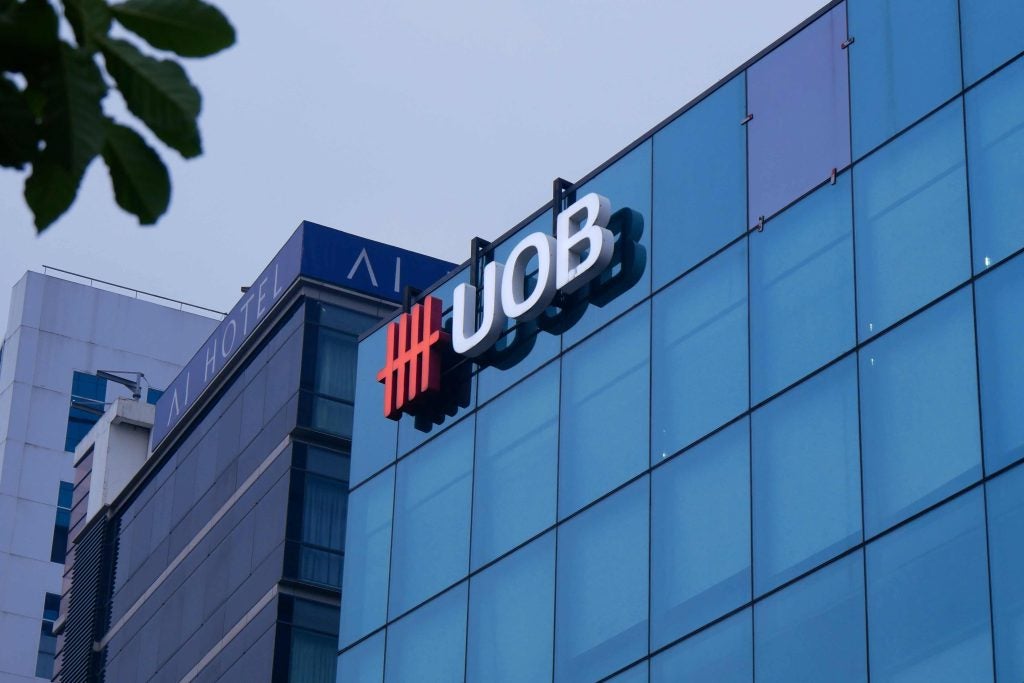
Continental Europe
This is likely the end of the hiking cycle for the European Central Bank (ECB). We expect the deposit rate to remain at 4%, and markets are now only pricing a cumulative five basis points (bps) worth of hikes for the rest of the year.
According to the September ECB staff projections, “growth is projected to stagnate in the third quarter of 2023 and remain subdued in the fourth quarter.” We believe the ECB now perceives that current interest rates are consistent with meeting its inflation goal. The ECB lowered its inflation estimate for 2025 and stated that “interest rates have reached levels that, maintained for a sufficiently long duration, will make a substantial contribution to the timely return of inflation to the target.” Yet ECB voting members have been noncommittal on whether this marks the “plateau” for interest rates. Maintaining hiking optionality is pragmatic for the central bank, in our view, as the risks of upside surprises in inflation data remain.
We see compelling opportunities in government bonds as yields are close to peak levels. Current market pricing indicates a “soft landing” economic scenario, but as we expect growth to disappoint, we are biased to add to sovereign positions and duration.
Corporate spreads have tightened year to date, but we are loath to chase this rally as higher financing costs are impairing corporate fundamentals. We remain cautious and maintain our Underweight in European credit with a preference for investment-grade over high-yield credit.
United Kingdom
Our base case is that the Bank of England (BoE) maintains the Bank Rate at 5.25%, marking the terminal rate for this hiking cycle. Future inflation data could present a risk to that view. According to the latest BoE guidance, additional hikes may be warranted if there are “more persistent inflation pressures.” RBC is forecasting inflation at 4.9% by year-end. A higher number may force the BoE’s hand, and with inflation so far off the 2% target, we do not expect rate cuts until next year.
The central bank has stepped up the pace of its balance sheet reduction in a process known as quantitative tightening (QT) to £100 billion from £80 billion. The £100 billion total is dominated by an increase in Gilts maturing, with the balance from Gilt sales over the next 12 months. The increase in long-end Gilt supply has been well flagged and yields have trended higher. We maintain a neutral position in Gilts given the recent rally, and we see the August peak levels as attractive entry points to increase allocations.
Similar to Europe, corporate fundamentals have deteriorated due to tighter financing conditions. Moreover, spreads have narrowed as a result of no further active BoE corporate bond sales as part of the QT process. While yields are near five-year highs, the compensation for risk present in current spreads is at historical averages. Therefore, we prefer to remain Underweight credit as we think sterling corporate spreads have further room to widen, leading to potential underperformance.
Rufaro Chiriseri is the head of fixed income for the British Isles at RBC Wealth Management







